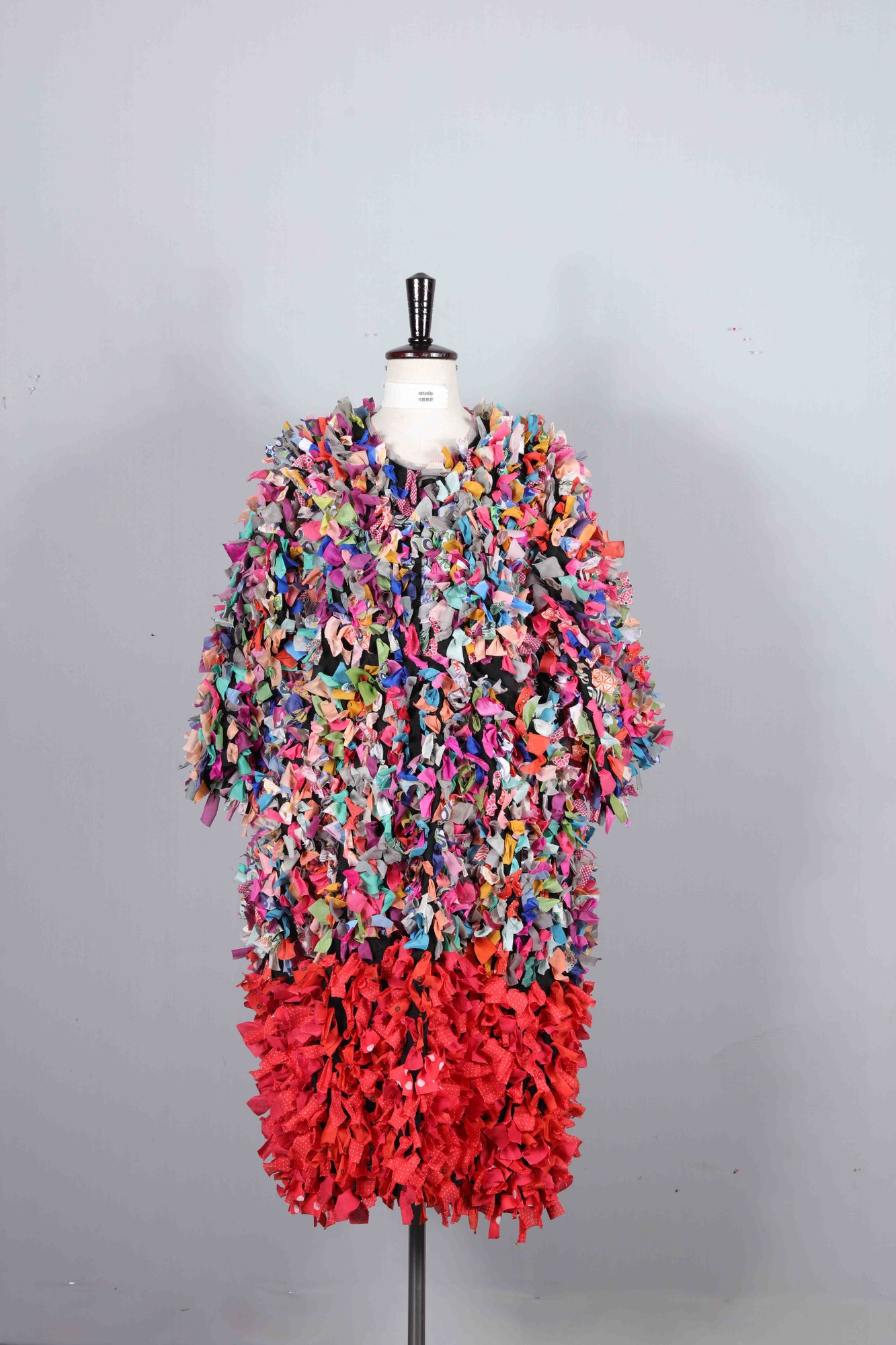
4L3A6668_Copy
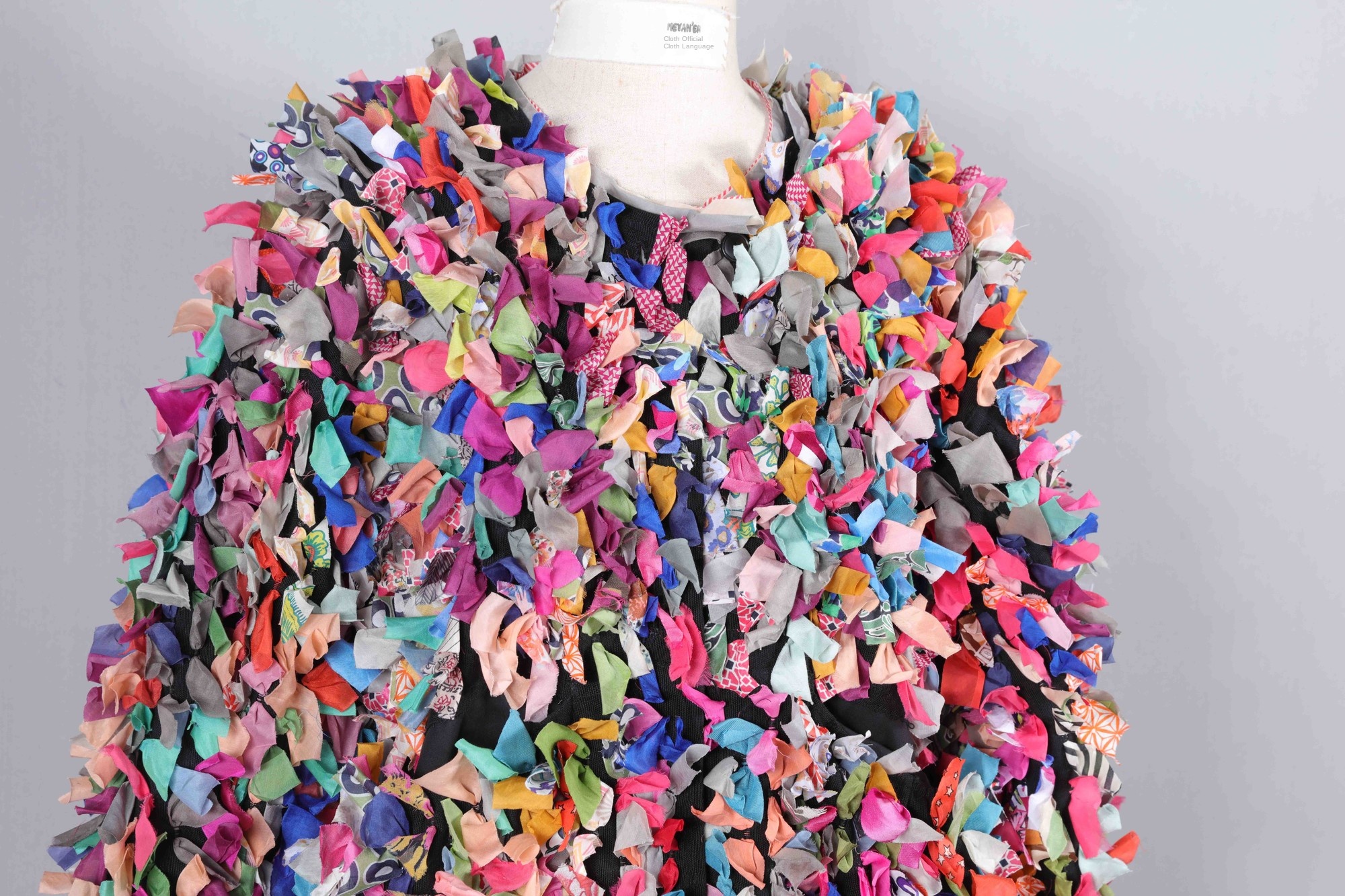
4L3A6671_Copy
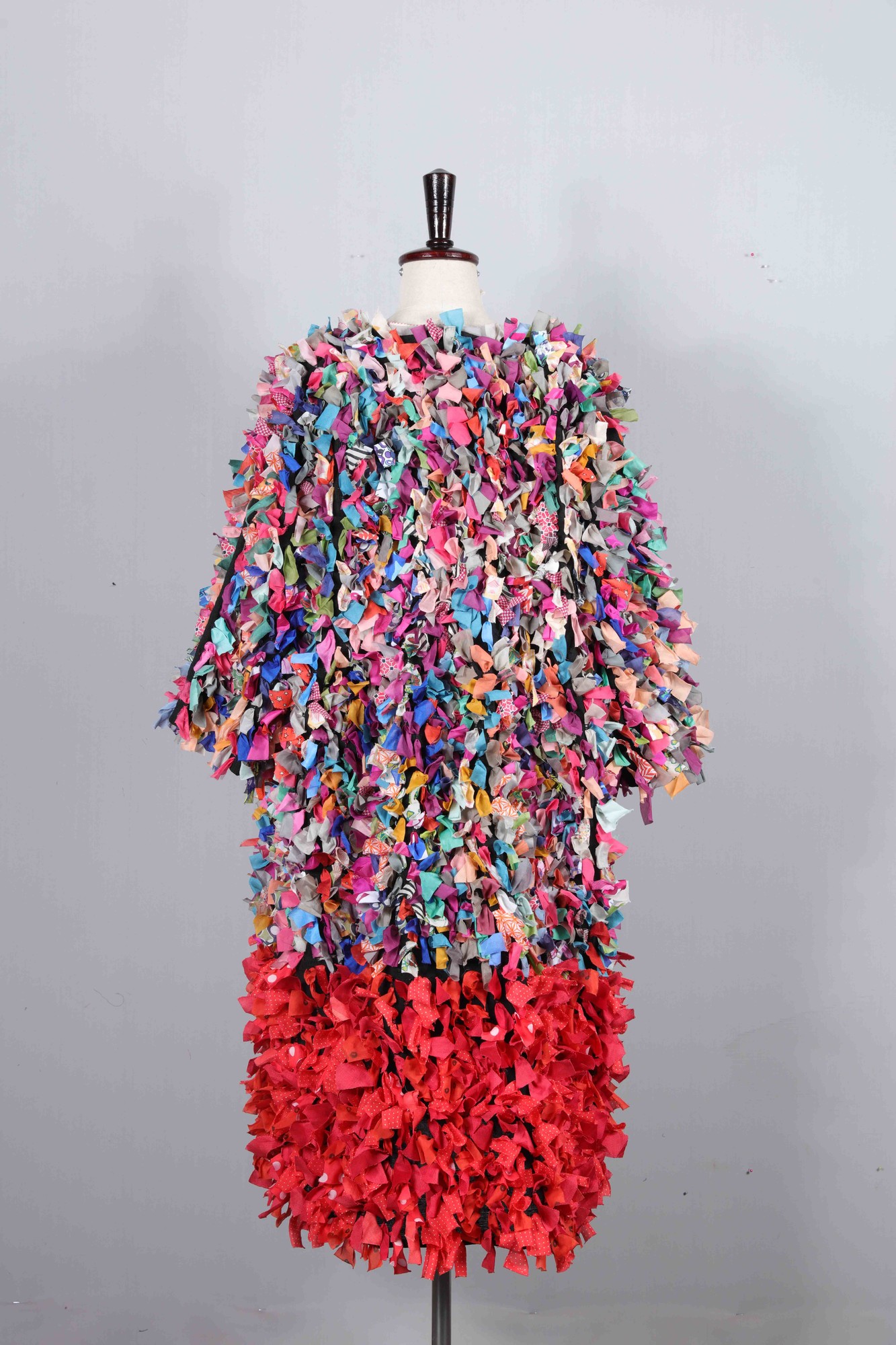
4L3A6693_Copy
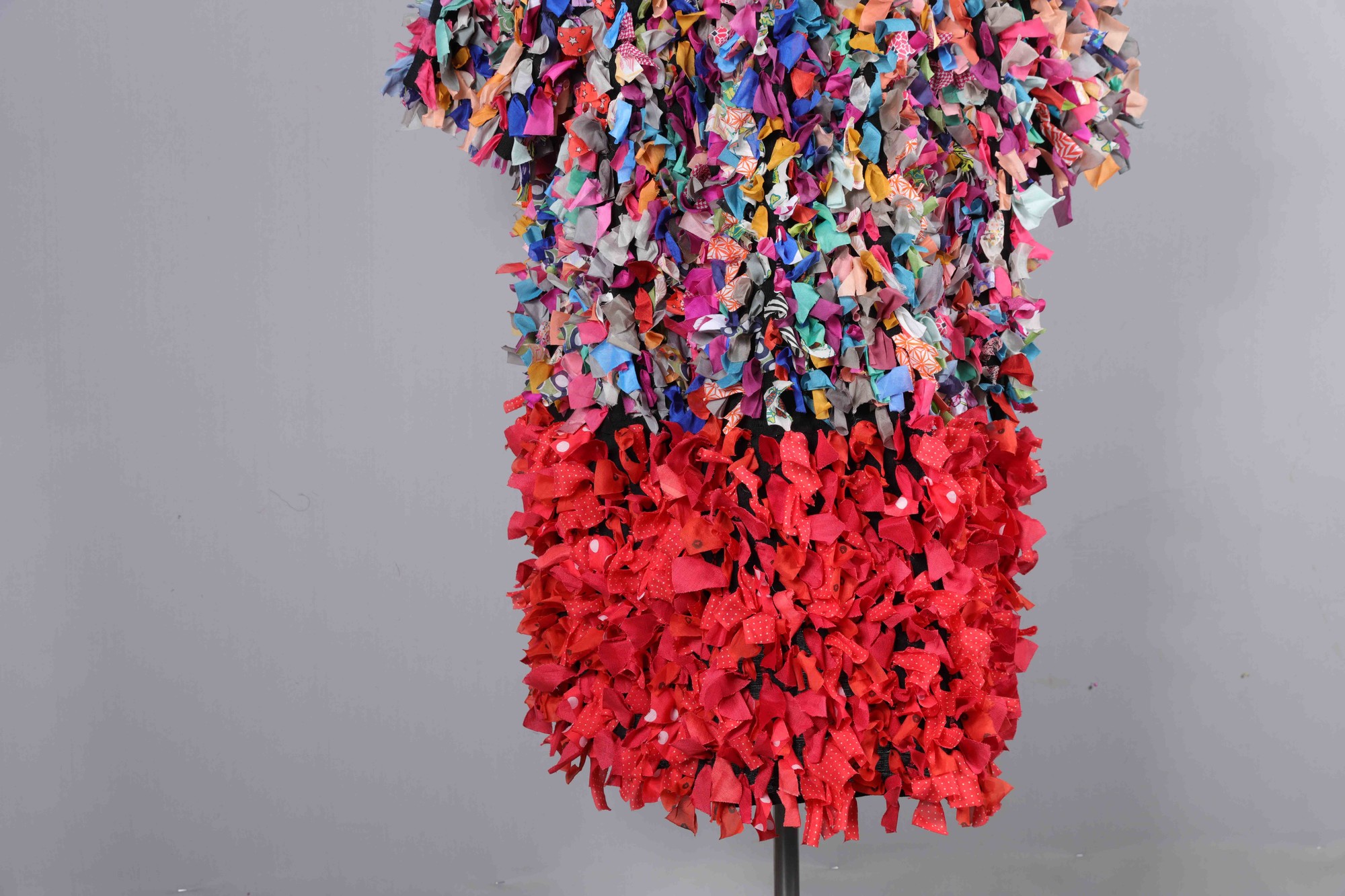
4L3A6697_Copy
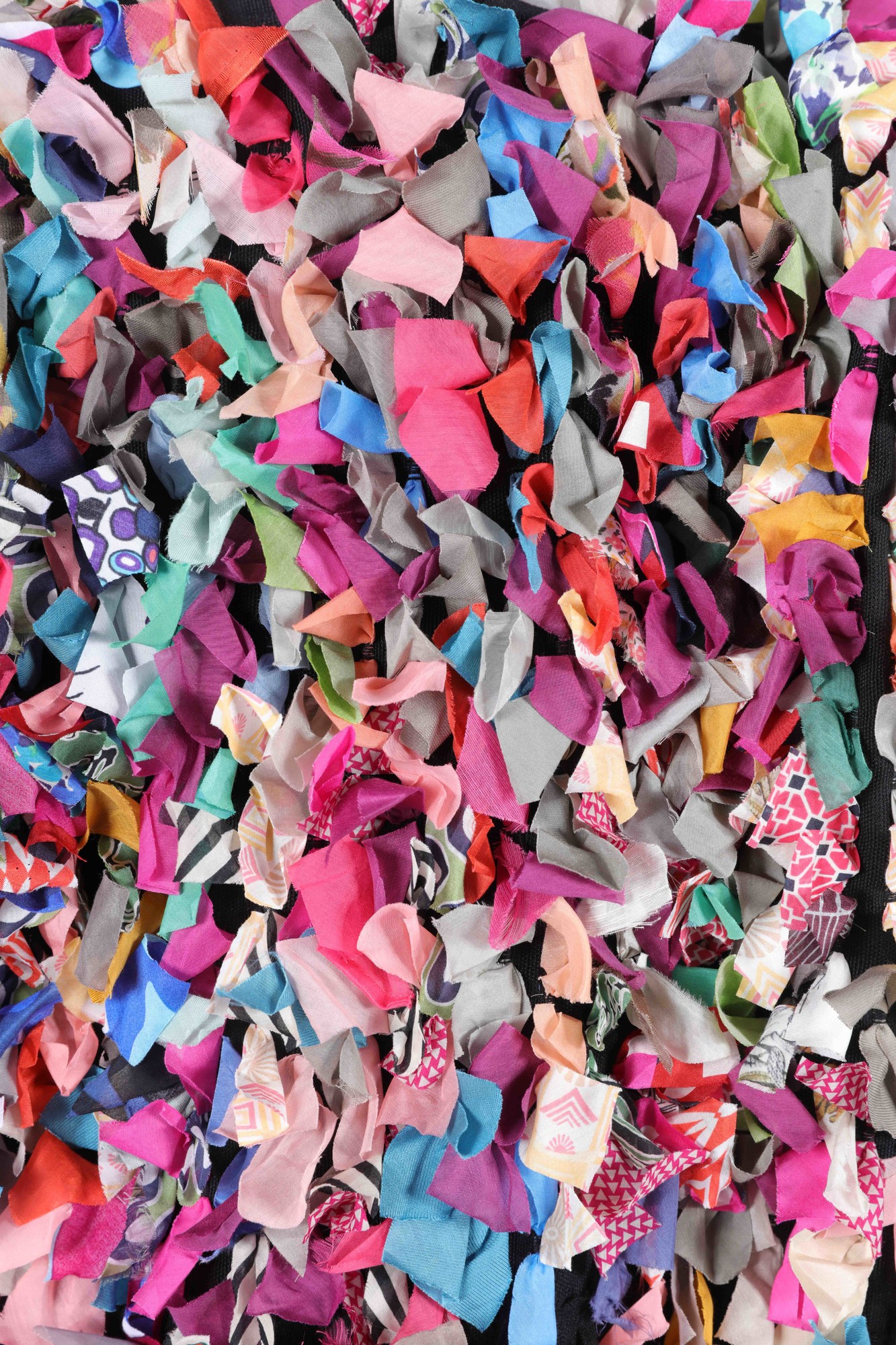
4L3A6700_Copy
crack weave video
This work is one of the split feather sweater series. The material is taken from the rags produced by the production of independent brand clothing. It is woven by the ancient wooden waist machine, and the trimmed rags are woven into the weft yarn piece by piece to form fluffy and elegant "feathers". I didn't do too much cutting, but made use of the existing width to make this unique feather garment.
The design process can be traced back to a very distant time and space. First of all, because the interest began to collect the fabrics and costumes of the ethnic minorities in southwest China, attracted by their beauty. Since the 1990 s, I have been visiting those places continuously and gradually penetrated into the lives of local people. In this process, it was discovered that the local elderly still maintain the habit of sewing and mending that has long been abandoned in modern society, as well as the emotion of cherishing and loving things behind them. We were deeply touched.
Looking back on our years as a clothing brand, we will instinctively collect the remaining corner rags from cutting clothes, and constantly try to use these rags. In the end, the grannies living in the mountains enlightened us. They tore the clothes they could no longer wear, the worn-out strips of cloth, etc. into small pieces, and then rewoven them into cloth. So we also invited these grannies to create these clothes with us using the rags we have collected over the past 30 years.
We are not doing this in response to environmental protection or similar grand social issues, but only doing what a designer thinks is right, a thing worthy of his conscience.
In 1994, he founded the clothing brand of "cloth words". Now there are three stores in Beijing and Shanghai, a comprehensive art space and a gallery. In 2019, the "MENGJINONGGA" brand was founded to combine traditional techniques and patterns with modern design to create new lifestyle-related products. Since the 1990 s, fabrics, looms, etc. have been collected, and now there are tens of thousands of pieces in the collection. Dozens of art-related exhibitions have been held.















